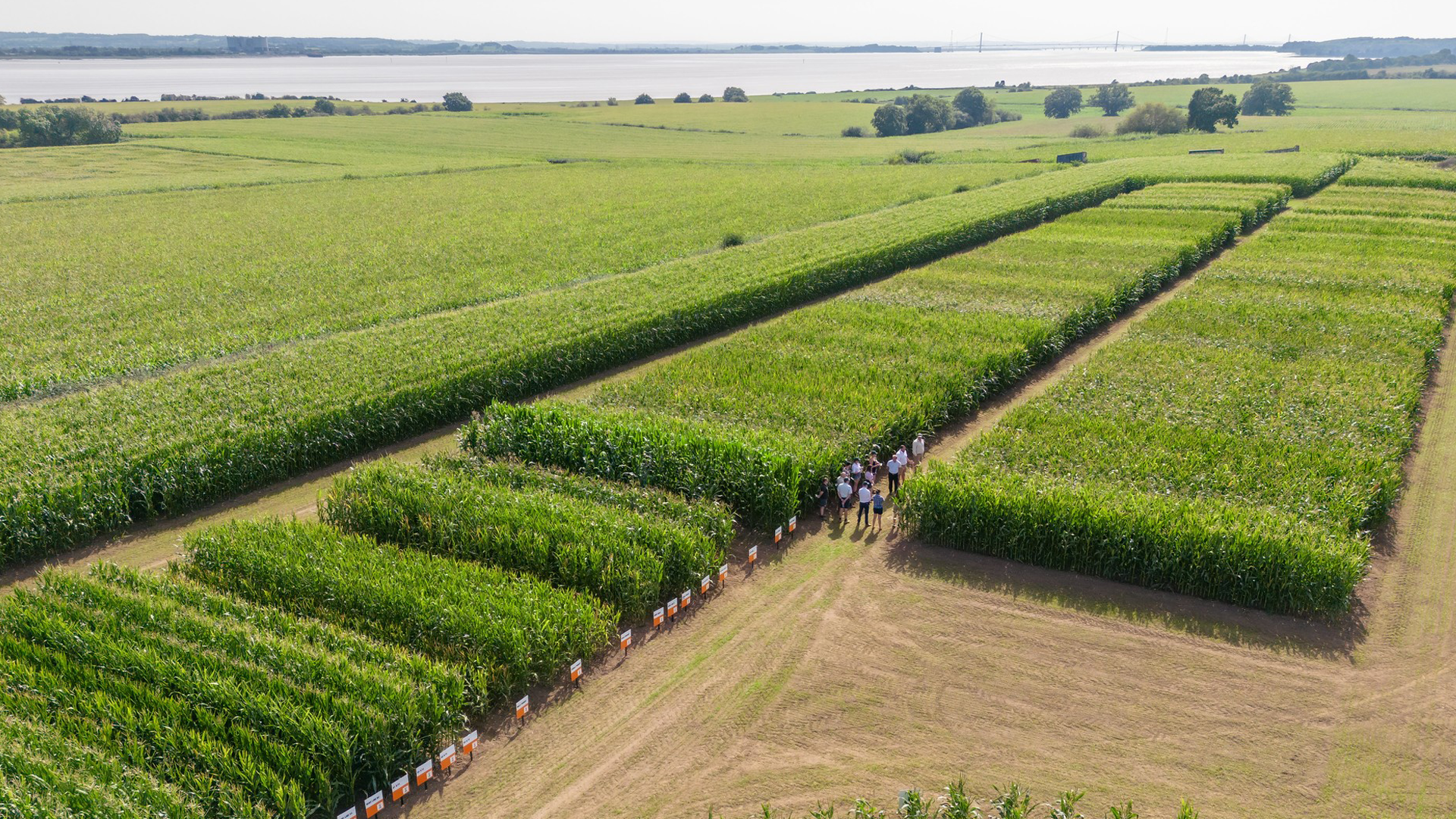KWS LETO
The short season champion!
FAO 160
- Suited to short growing seasons
- Tremendous starch contents
- Perfect for lower maize inclusion diets
Characteristics
Characteristics
- Impressive yield in the Ultra Early segment - 17.4 t/ha DM (95%)
- Tremendous starch content (38.5%) to boost ration performance
- Super early vigour (6.8)
- Highly suited to diets below 50% maize inclusion
- Suitable for late sowing and/ or early harvest
- Data source : NIAB forage descriptive list. First choice for less favourable sites (2025)
KWS Leto delivers excellent early season DM yield, suitable for shorter growing seasons. A high energy hybrid to enhance animal performance.
Download the full Maize Portfolio!
Your consultants



